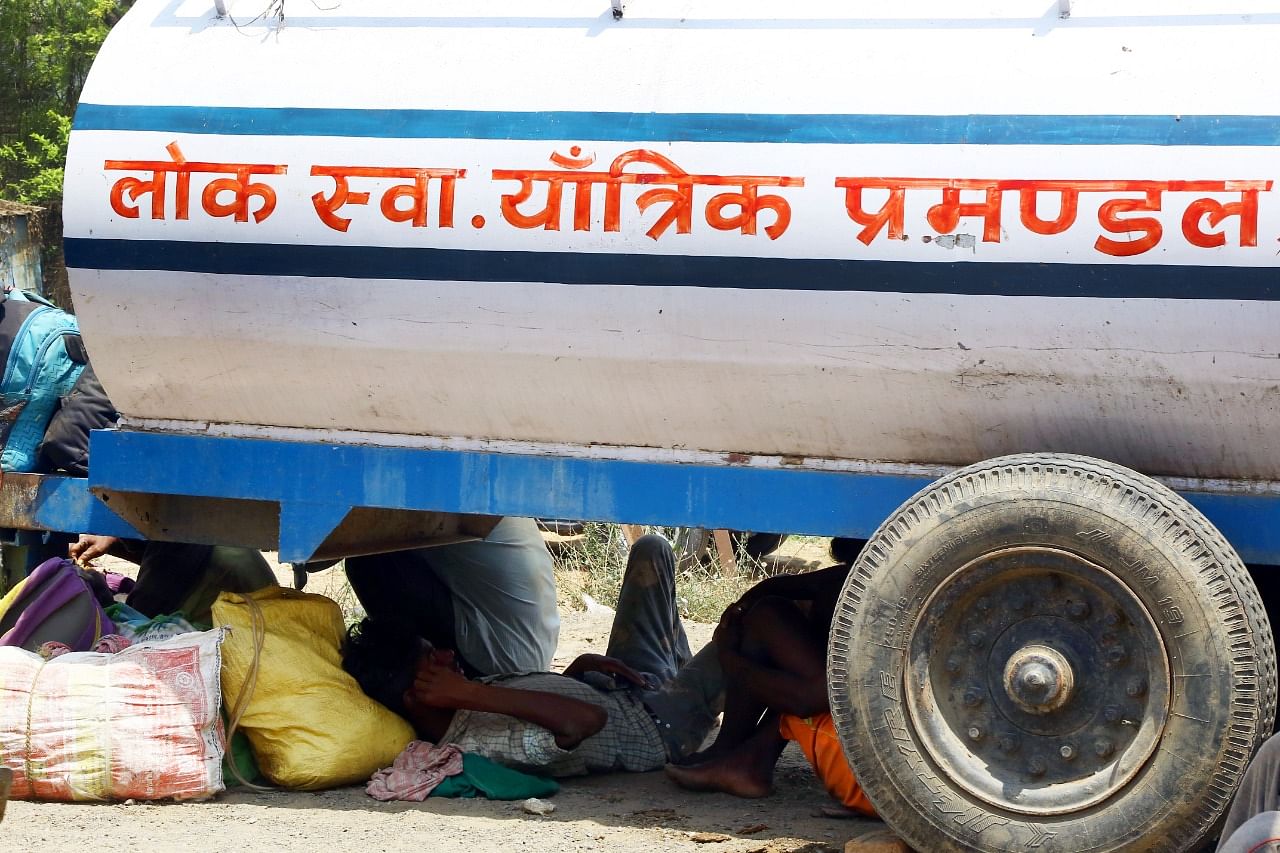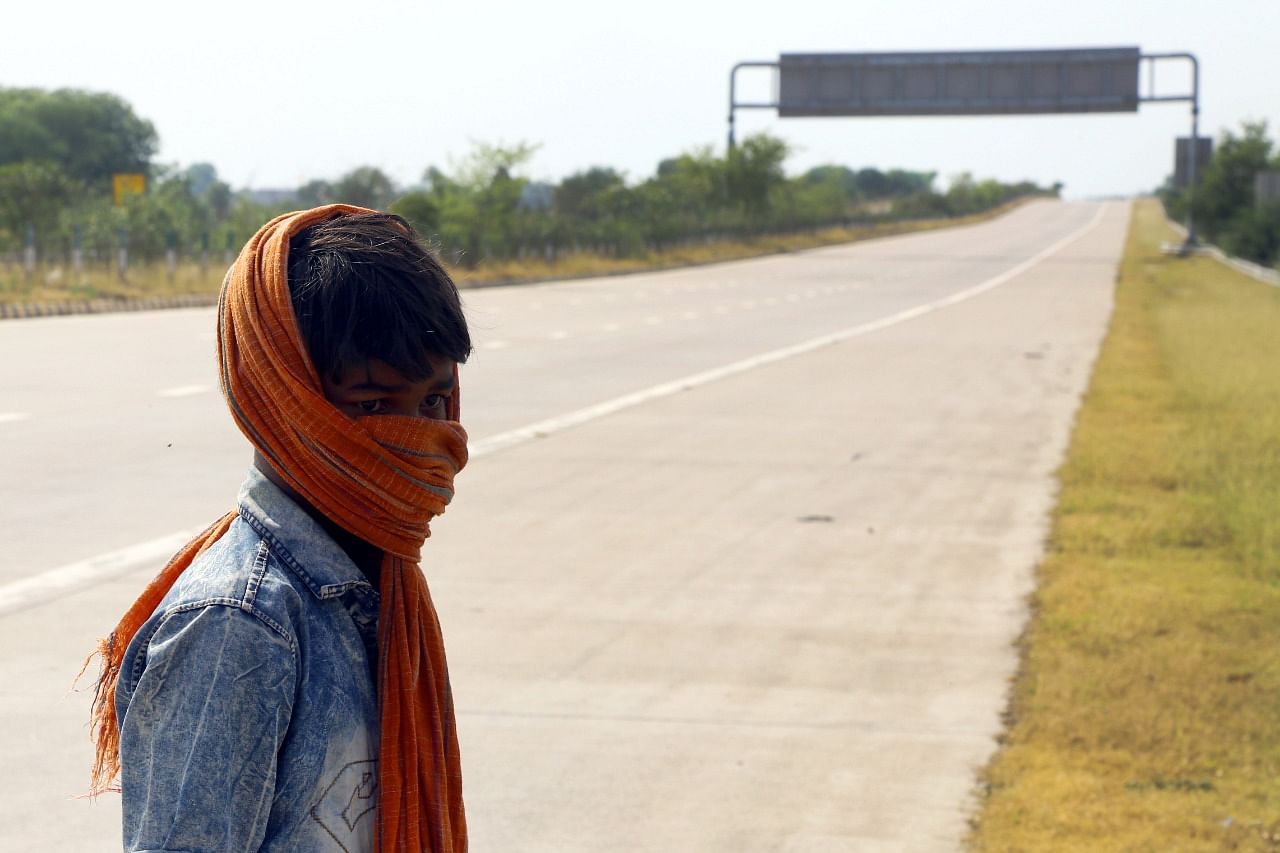Dhaypokhar, Sant Kabir Nagar (Uttar Pradesh): It was the summer of 2010. While the sun was blazing, gusts of wind were providing relief to those celebrating a wedding ceremony at my uncle’s home in my native village of Dhaypokhar, part of the Sant Kabir Nagar district in Uttar Pradesh.
I sat inside with a bunch of women who had come to attend my cousin’s wedding.
Women clad in shimmery sarees sang folk songs as men stationed outside the house on a takht and chairs chatted about everything from the local crop produce to the country’s economy.
Ducking the supervision of their elders, children smuggled in the jaggery, petha, laddoo and other sweets that had come from the bride’s home.
My parents and sister, who I had travelled along with, revelled in the celebratory atmosphere as they met relatives they hadn’t in years. There was blazing music and people breaking into dance at the slightest nudge. There were eager questions to my parents, sister and I about our life back in Delhi, with many expressing a longing desire to see their children move to the bade shahar (big cities) such as Delhi for work.
Cut to 2020. On 10 May, after a gap of 10 years, I found myself traversing the lanes of my village once again — only this time the atmosphere was far more circumspect.

My organisation — ThePrint — had sent me on a special 16-day assignment to report from the ground how Uttar Pradesh and Bihar are dealing with the coronavirus pandemic. I was some 1,100 km from Delhi when it was time to head back. I decided to make a trip to Gorakhpur on the way, and then to my village in Sant Kabir Nagar.
I was in search of a breather — both physical and mental.
Also read: Bihar is staring at another health crisis as encephalitis cases begin amid Covid outbreak
‘The best of times and the worst of times’
As I landed in the village, I couldn’t help but remember Charles Dickens from A Tale of Two Cities — “It was the best of times, it was the worst of times.”
At one point, I was embarrassed at the sheer joy I felt in seeing my village, where I had spent many childhood summers amid mango trees and fields, and the house that my uncle and the extended family still live in.
Happiness was written all over my face as I met my nieces and nephews who told me excitedly that the power supply was more regular now, and that they are able to watch television more frequently. On cue, however, the power did a disappearing act in the blistering afternoon sun.
Amid the joy, however, an uneasiness pervaded in the village. For one, there was none of the unbridled joy from 10 years ago. Young men, who had come back from Delhi, Mumbai and Punjab, walked aimlessly.
The most striking was the anxiousness of those who are still unaware of what Covid-19 is and “whether one can catch it just by looking at someone”, whether it was a disease that afflicts only people in cities and whether drinking hot water would help combat it.
The same relatives who were keen to work in the “bade shahar” now appeared hesitant to send their children to work in the same cities.
I met three young men who had been quarantined at the village primary school. “We used to work as daily labourers in Chandigarh. After work stopped due to the lockdown, we waited for things to improve but when it didn’t we decided to cycle to Dhaypokhar,” explained one of the men who is still undecided whether he will go back again.
“We will work in the farms for now and decide on going back later. It seems unlikely I will go back this year,” he said.

Not only him, but many migrant labourers I met during my reporting in UP and Bihar pointed out that they were not planning to go back. A few who were “undecided” told me they would decide after “things turn normal”.
Covid-19 has not only changed how we live and work, but it has also changed how rural India perceives the cities — once seen as an alluring option, they are no longer just that.
Also read: ‘Corona will be reduced to ashes here’ — lockdown norms don’t exist for people in Bihar, UP

